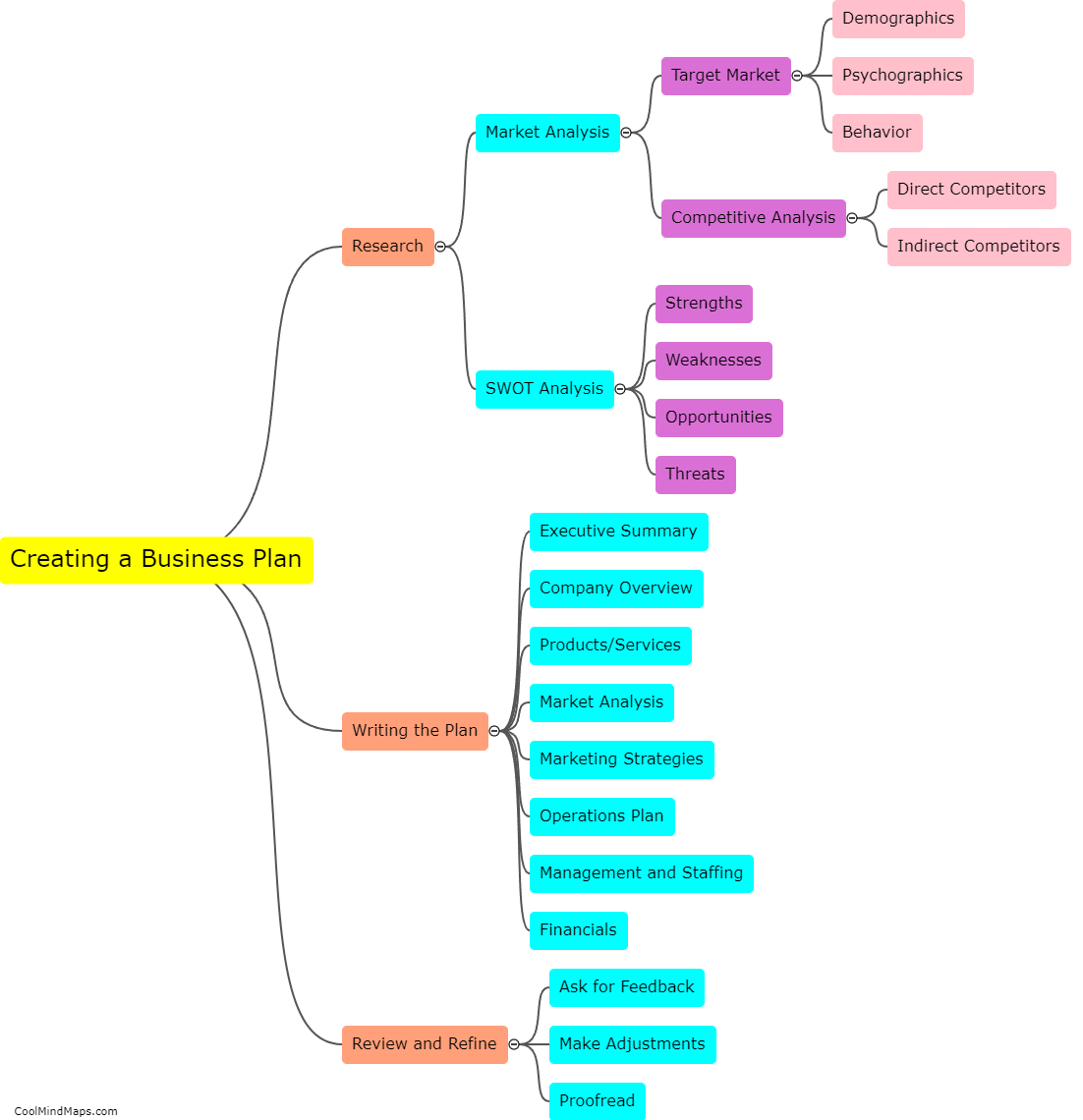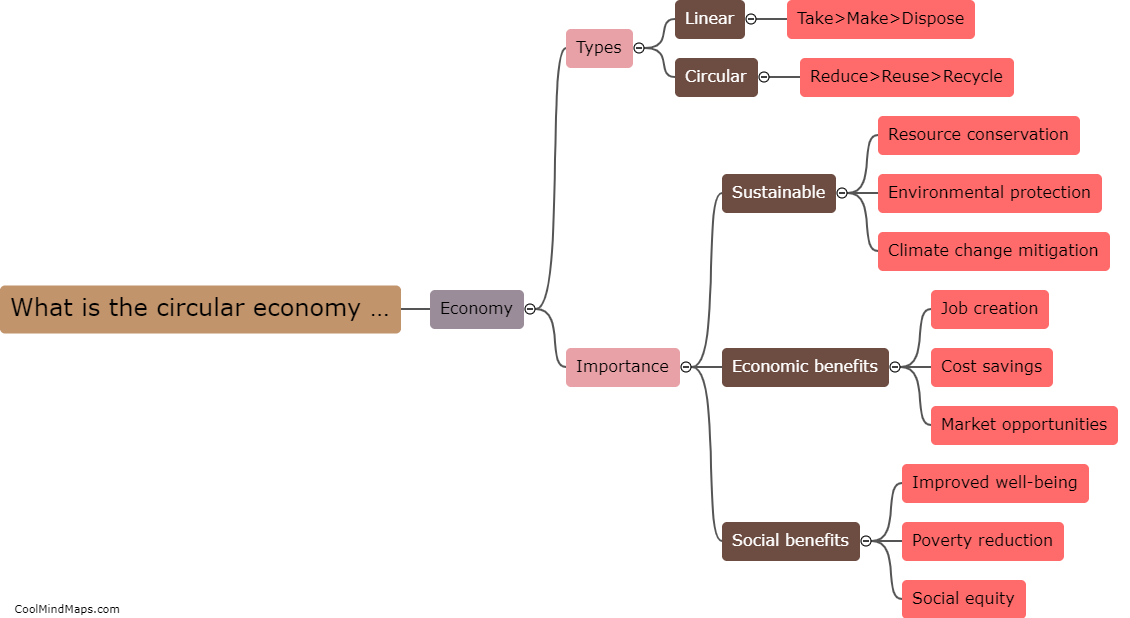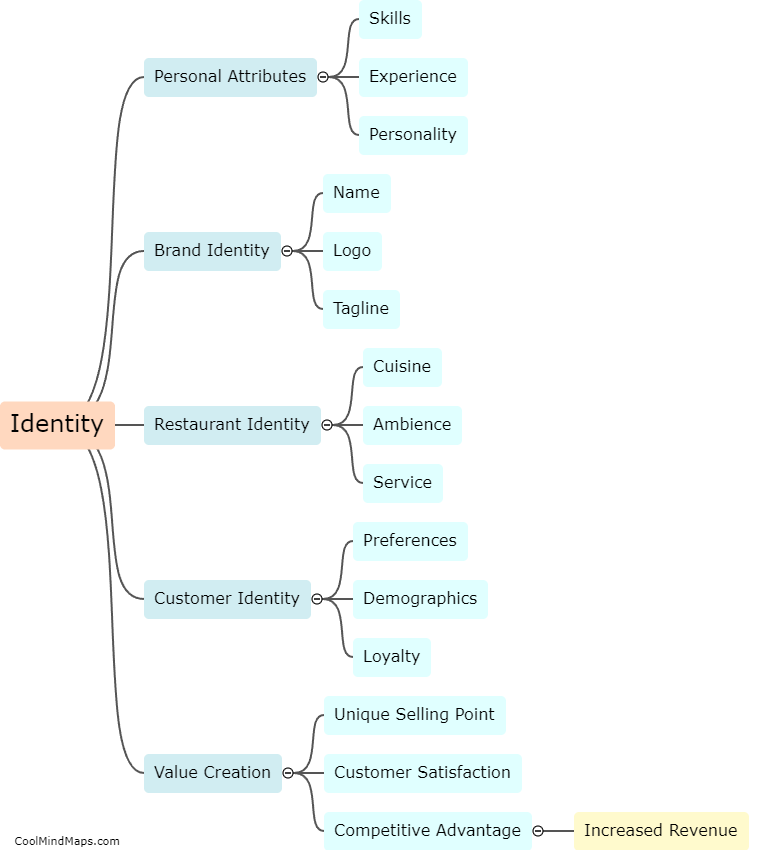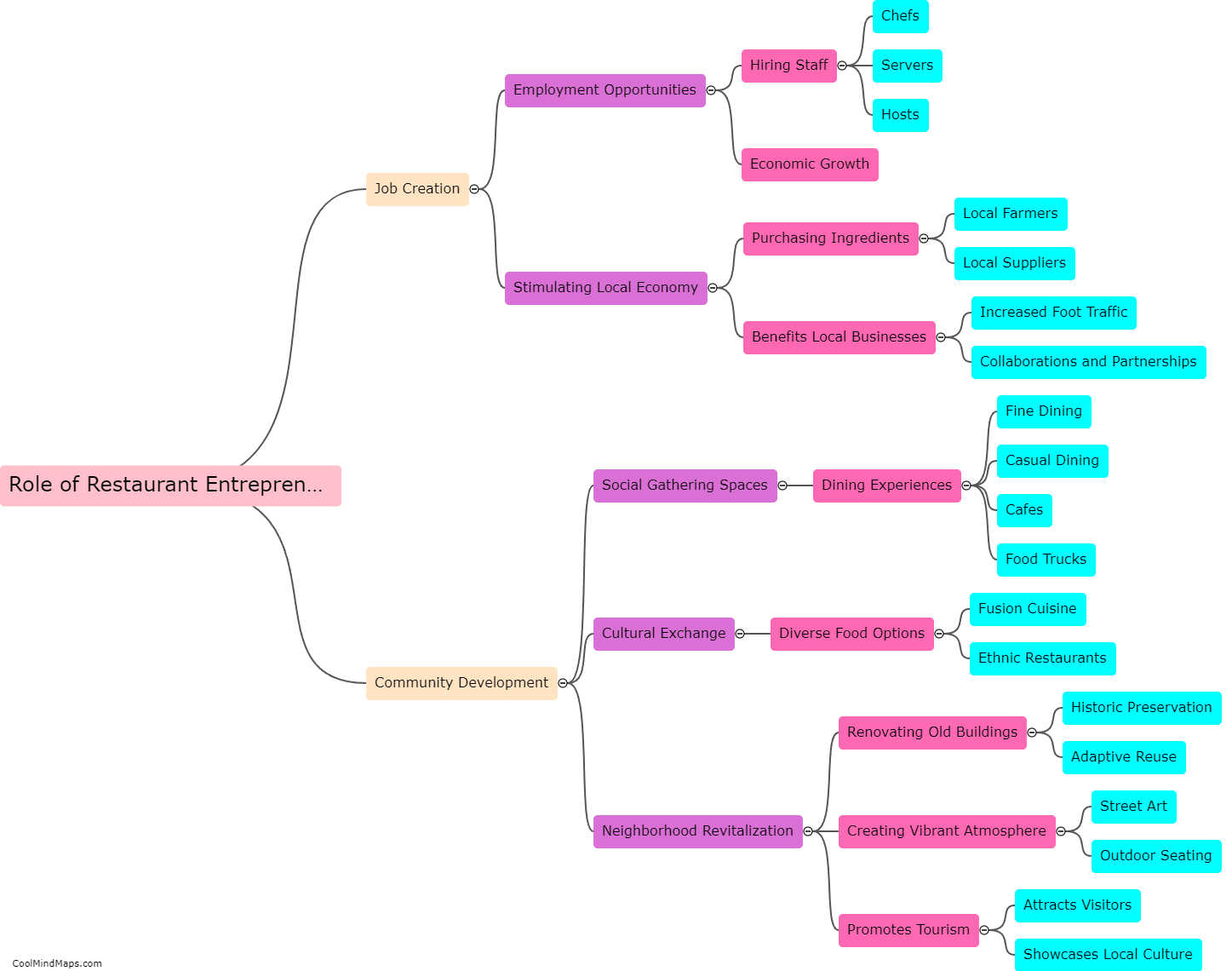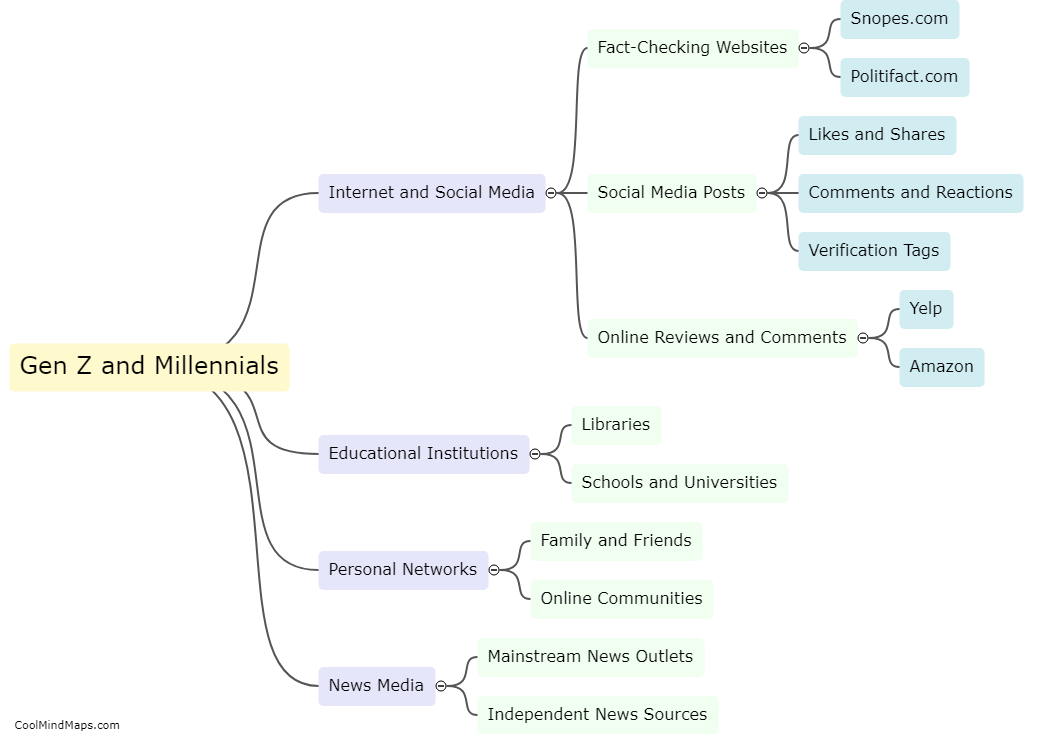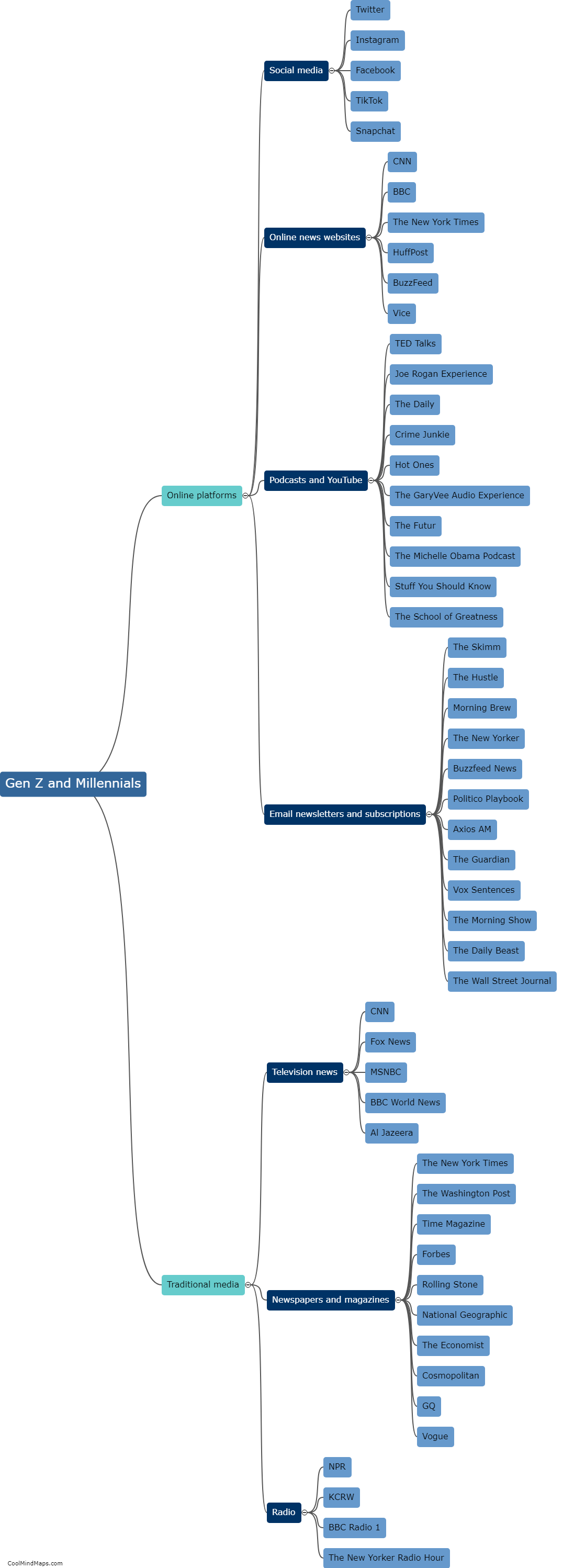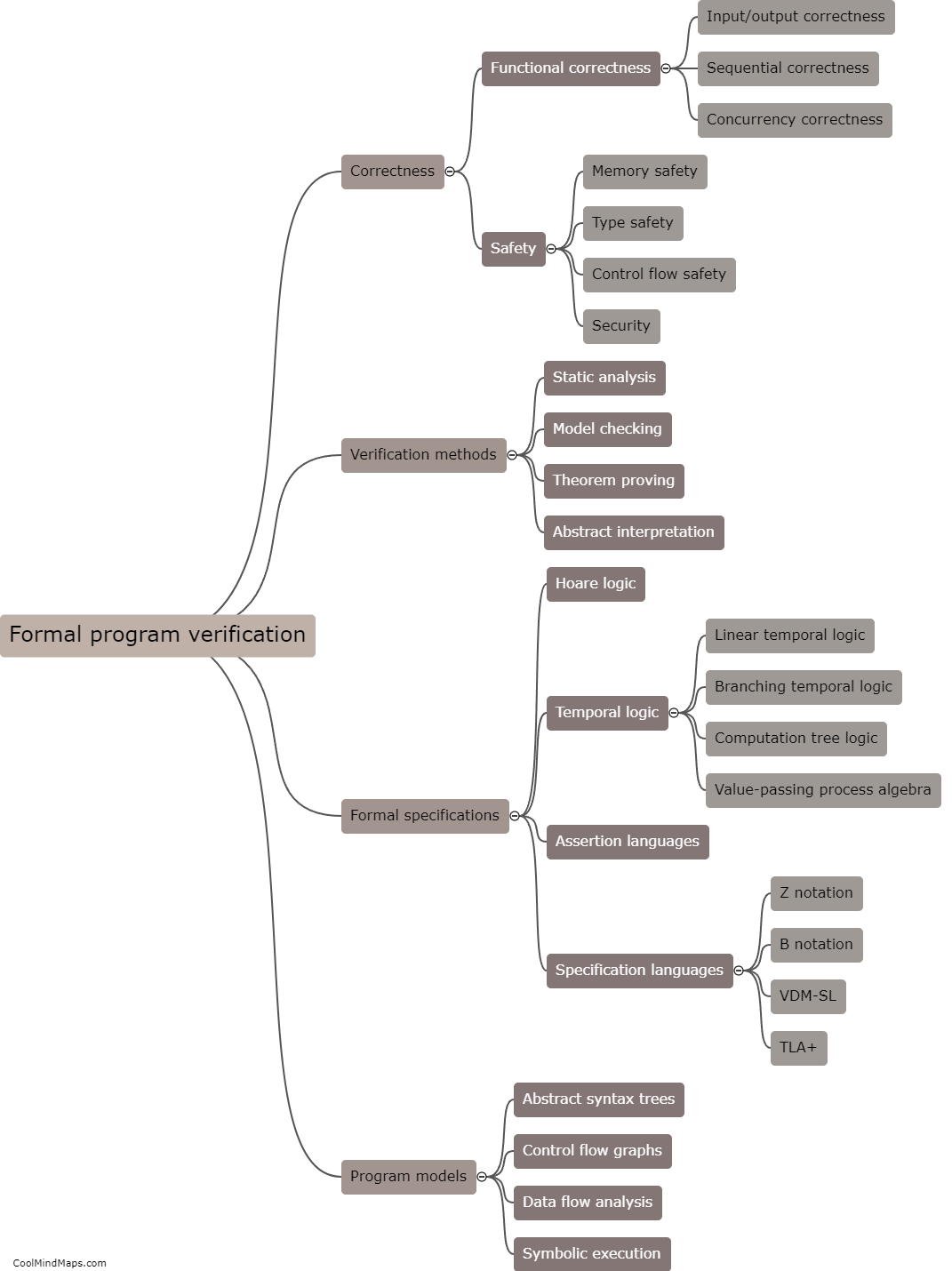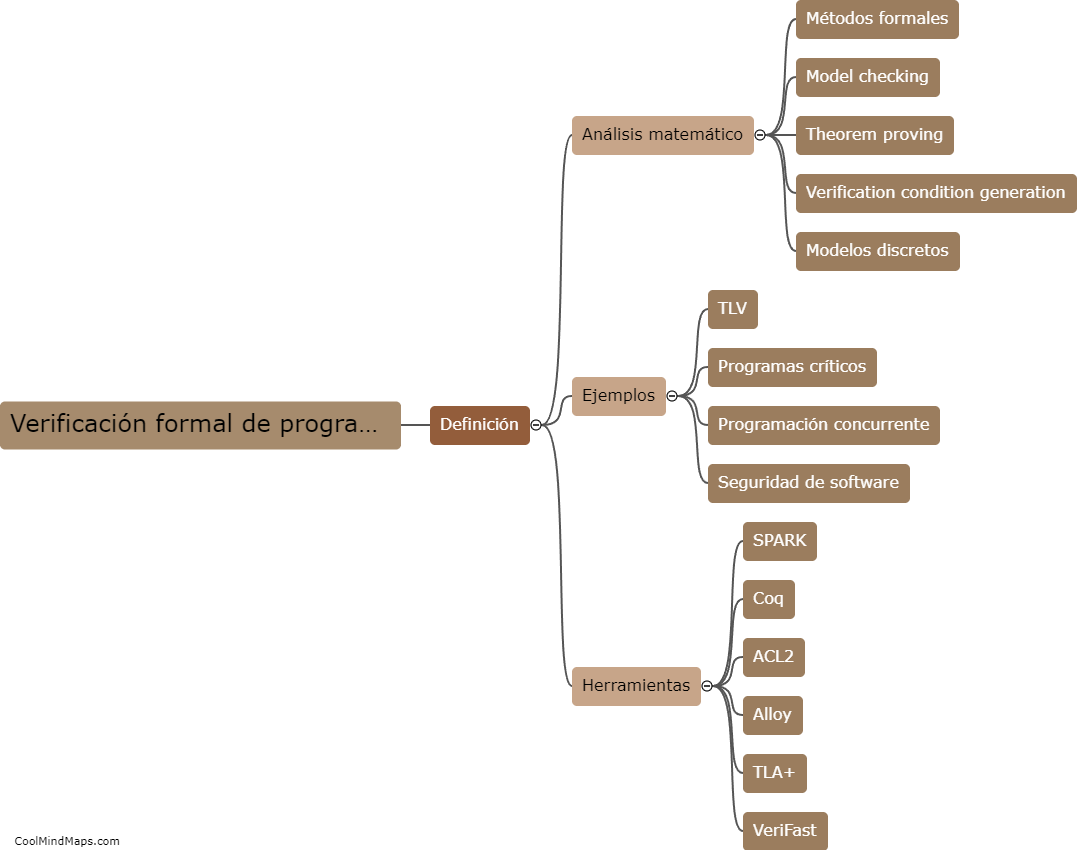What is formal program verification?
Formal program verification is a process of rigorously analyzing and proving the correctness of computer programs using mathematical methods. It involves using logic and formal specifications to verify that a program adheres to its intended behavior and meets certain correctness properties. This verification technique aims to catch and eliminate potential errors or bugs in software systems, ensuring their reliability and robustness. Formal program verification typically involves tasks such as formal specification of program behavior, mathematical modeling, theorem proving, and formal verification tools and techniques. By providing a mathematical proof of program correctness, formal program verification adds an extra layer of assurance to the software development process and can help mitigate critical software failures.

This mind map was published on 23 October 2023 and has been viewed 126 times.
